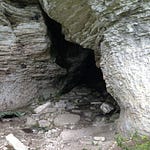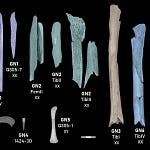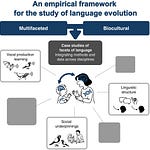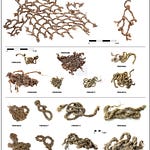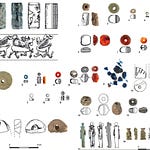The Child Beneath the Tetrapylon
In the ancient city of Aphrodisias, once a vibrant marble metropolis in southwestern Türkiye, archaeologists excavating a Middle Byzantine cemetery stumbled upon a small grave. Inside, nestled beside another child, lay the skeletal remains of a three-year-old who had lived and died around 900 years ago.
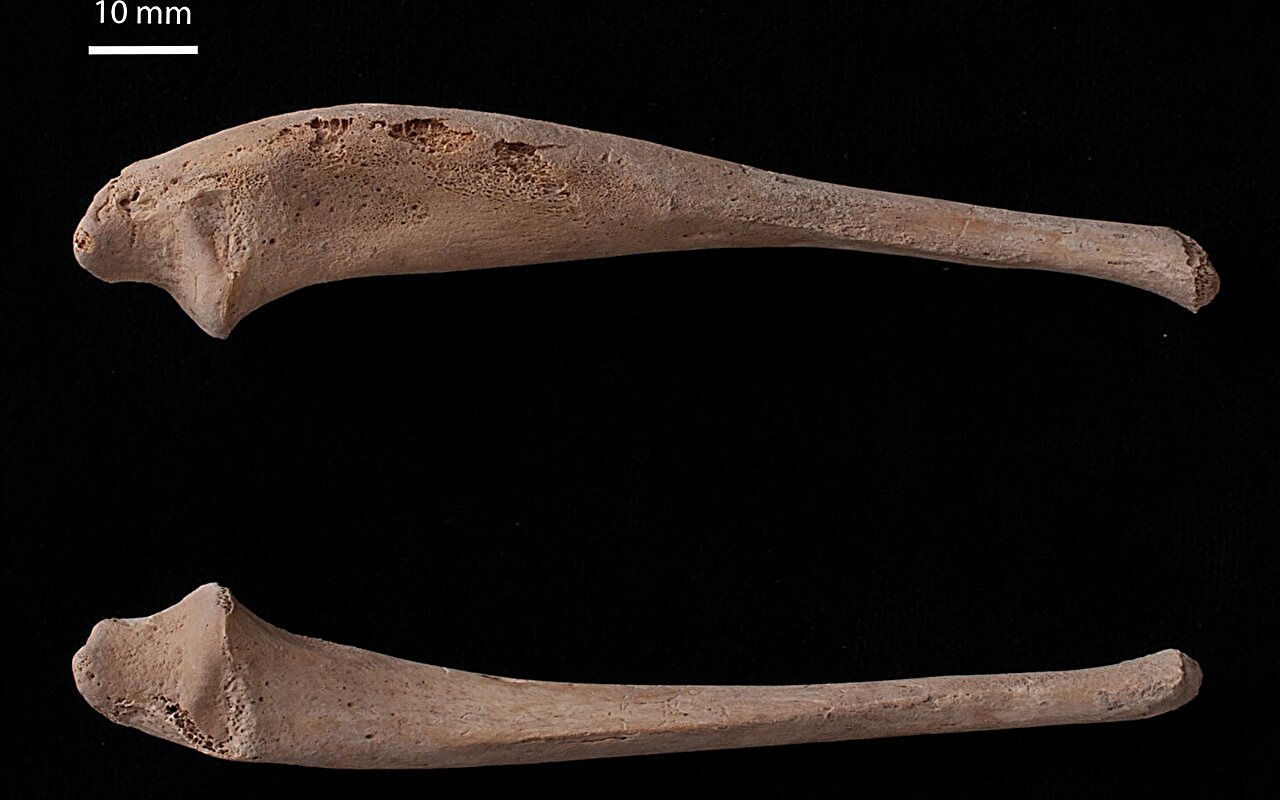
To the casual observer, the bones might have seemed ordinary. But to Duru Yağmur Başaran, a bioarchaeologist studying childhood health in the Byzantine world, they told a very different story. Several bones were thickened, swollen, and oddly shaped. The jawbone, ulna, and shoulder blade all showed signs of inflammation, as if the child’s skeleton had waged a painful, uneven war within itself.
“This kind of pathological asymmetry is rare in archaeological contexts,” explains Dr. Eleni Fotopoulou, a paleopathologist at the University of Thessaloniki. “It suggests a systemic condition, one that shaped the child’s short life from the inside out.”
Başaran’s detailed analysis, published in Childhood in the Past,1 identified the most likely cause as infantile cortical hyperostosis (ICH)—a rare disease better known to modern clinicians as Caffey disease.
Listen to this episode with a 7-day free trial
Subscribe to Anthropology.net to listen to this post and get 7 days of free access to the full post archives.


